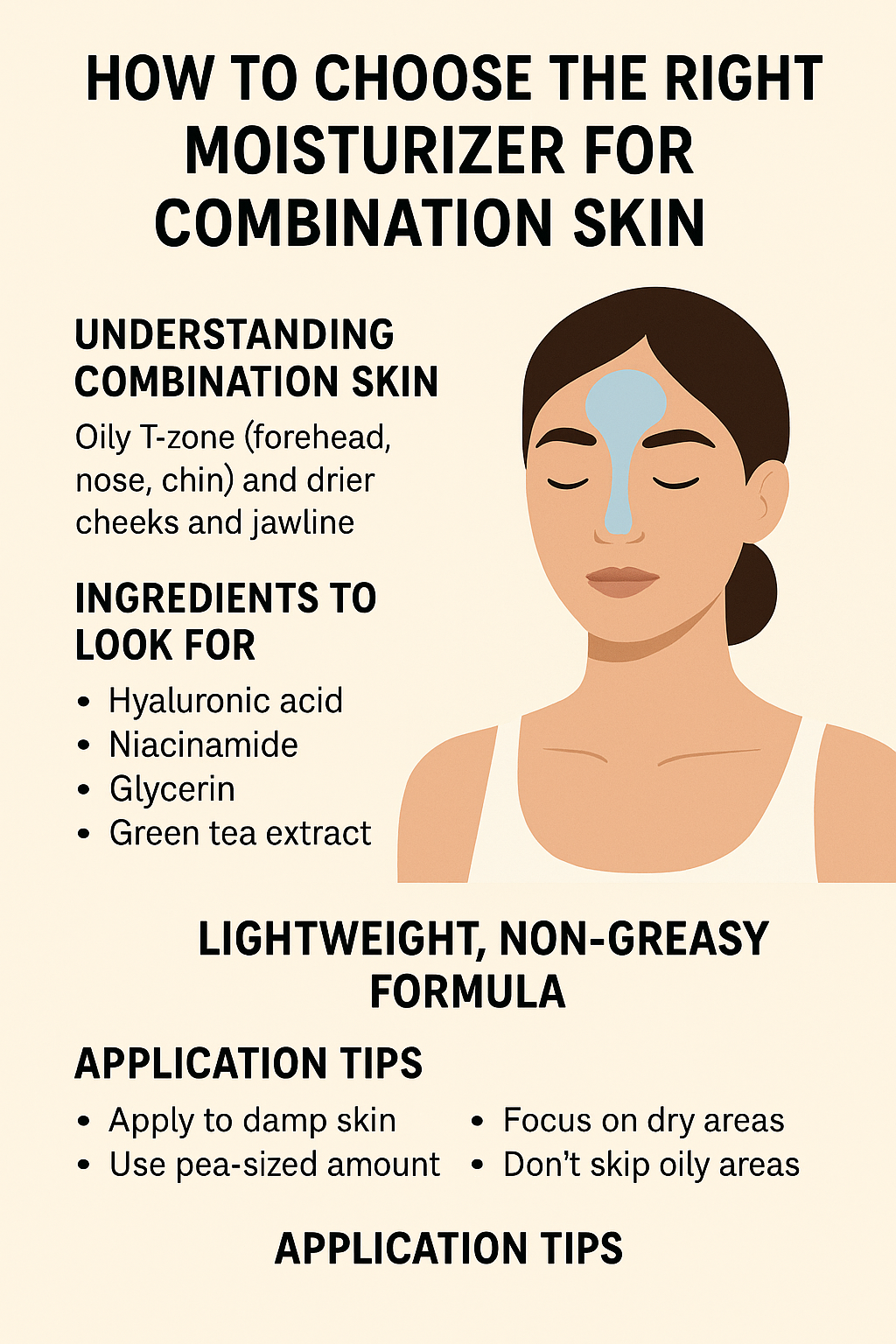Understanding Comedogenic Ratings: What They Mean for Your Skin
Choosing the right skincare products can be overwhelming—especially when dealing with breakouts or sensitive, acne-prone skin. One of the most misunderstood yet essential concepts in skincare is the comedogenic rating of ingredients. If you’ve ever wondered whether coconut oil clogs pores or if “non-comedogenic” labels are trustworthy, this guide is for you.
In this article, we’ll explain what comedogenic ratings mean, how they’re determined, and how you can use this scale to make smarter skincare decisions for clearer, healthier skin.
What Are Comedogenic Ratings?
Comedogenic ratings are numerical values assigned to skincare ingredients based on how likely they are to clog pores and cause comedones (blackheads and whiteheads). The term “comedogenic” refers to the ability of an ingredient to cause comedones.
The scale typically ranges from 0 to 5:
- 0 – Will not clog pores
- 1 – Very low likelihood
- 2 – Moderately low
- 3 – Moderate
- 4 – Fairly high
- 5 – High likelihood of clogging pores
Ingredients with a rating of 0–2 are generally considered safe for acne-prone or oily skin, while those rated 3–5 may be problematic depending on your individual skin type.
How Are Comedogenic Ratings Determined?
Comedogenic ratings originated from tests conducted on rabbit ears in the 1970s, where researchers applied various substances to evaluate their pore-clogging potential. Although these early tests provided a basic framework, they had several limitations:
- Rabbit skin is more sensitive than human skin.
- The test environment doesn’t reflect real-world use.
- Concentrations used were often much higher than in consumer products.
Today, we combine those early findings with anecdotal evidence, dermatological research, and real-world experience to assign comedogenic ratings. However, these ratings are not universal truths—they’re guidelines, not guarantees.
Why Comedogenic Ingredients Matter (Especially for Acne-Prone Skin)
If you’re prone to breakouts, the last thing you want is to use a product that clogs your pores. Comedogenic ingredients can trap oil, bacteria, and dead skin cells, leading to inflammation and acne.
Products labeled as “non-comedogenic” are formulated to avoid ingredients known to cause clogged pores. While this doesn’t guarantee your skin won’t react, it significantly reduces the risk—especially when paired with a consistent skincare routine.
Examples of Common Ingredients and Their Comedogenic Ratings
Here are a few widely used skincare ingredients and how they rate on the comedogenic scale:
| Ingredient | Rating | Notes |
|---|---|---|
| Coconut Oil | 4 | Highly moisturizing but clogs pores easily |
| Shea Butter | 2–3 | Nourishing, but may clog in some people |
| Mineral Oil | 0 | Non-comedogenic but occlusive |
| Petrolatum (Vaseline) | 0 | Great for sealing in moisture |
| Isopropyl Myristate | 5 | Common in cosmetics, very pore-clogging |
| Squalane (plant-based) | 0–1 | Lightweight and safe for all skin types |
| Lanolin | 2–4 | Can be comedogenic for acne-prone users |
For more insights on pore-safe ingredients, see our guide on top skincare ingredients for sensitive skin.
Can You Trust “Non-Comedogenic” Labels?
Unfortunately, “non-comedogenic” is not a regulated term. Brands can label products as such without adhering to a strict definition or testing process. This means it’s up to the consumer to check the ingredient list and understand what works for their skin.
Tips for interpreting labels:
- Read the full ingredient list.
- Cross-check suspicious ingredients using trusted comedogenicity databases.
- Patch test new products before full-face use.
- Track how your skin responds over a few weeks.
How Skin Type Affects Ingredient Tolerance
Even a highly comedogenic ingredient might not cause breakouts in someone with dry, resilient skin. Conversely, someone with oily or acne-prone skin might break out from something rated only a 2.
Factors that influence how your skin reacts:
- Skin type (oily, dry, combination)
- Pore size
- Hormonal activity
- Climate and environment
- Overall skincare routine
That’s why personalized skincare is essential—what clogs one person’s pores may work perfectly for another.
How to Build a Non-Comedogenic Skincare Routine
Here’s a step-by-step guide to crafting a pore-friendly routine:
- Cleanser: Choose a gentle, sulfate-free face wash that won’t strip the skin.
- Toner (optional): Use alcohol-free formulas with ingredients like niacinamide or witch hazel.
- Treatment (serum or spot treatment): Look for lightweight, water-based serums.
- Moisturizer: Opt for oil-free or gel-based options with hyaluronic acid or squalane.
- Sunscreen: Mineral (zinc oxide or titanium dioxide) formulas are typically non-comedogenic.
For oily skin types, see our recommendations on moisturizers that won’t clog pores.
Best Non-Comedogenic Products (2025 Update)
- CeraVe Foaming Facial Cleanser – For normal to oily skin
- The Ordinary Niacinamide 10% + Zinc 1% – Balances oil production
- Neutrogena Hydro Boost Gel-Cream – Lightweight, oil-free hydration
- La Roche-Posay Anthelios Mineral Sunscreen SPF 50 – Non-comedogenic and fragrance-free
- Paula’s Choice 2% BHA Liquid Exfoliant – Clears pores and prevents clogs
You can also explore our full list of acne-safe skincare picks for every budget.
Conclusion
Understanding comedogenic ratings empowers you to make smarter skincare decisions. While not foolproof, this scale is a helpful guideline—especially if you struggle with clogged pores, blackheads, or breakouts.
Always consider your unique skin type, check product labels critically, and prioritize non-comedogenic formulations if you’re acne-prone. Over time, this knowledge helps you build a skincare routine that’s clean, effective, and truly tailored to your skin’s needs.
Internal Links:
- Best moisturizers for oily skin
- Ingredients to avoid for sensitive skin
- Treating acne without over-drying
- Hydration vs. moisturization: What your skin needs

